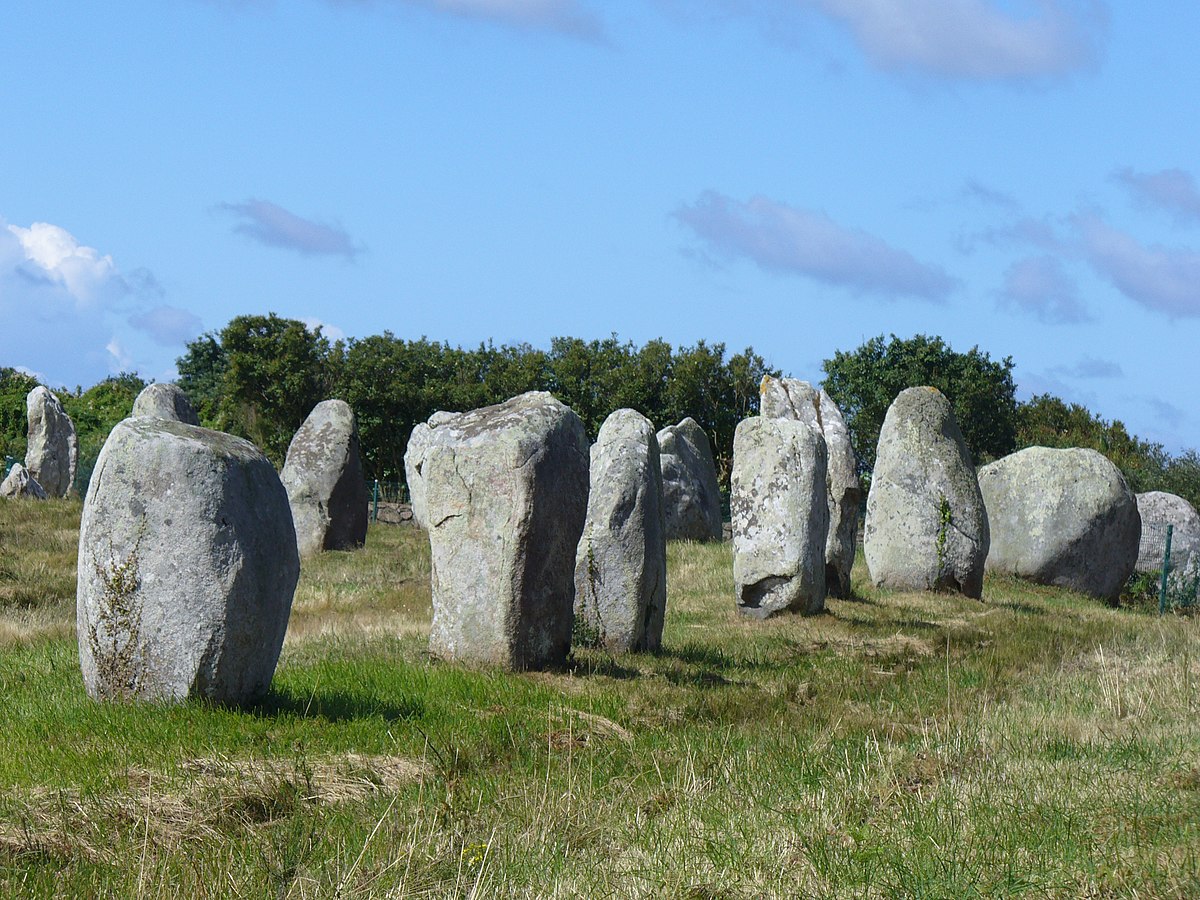Throughout history, ancient civilizations erected monumental structures that continue to baffle modern engineers and architects with their precision, durability, and sheer magnificence.
The secrets behind these architectural marvels have long been buried beneath layers of time, forgotten wars, and cultural shifts. Today, archaeologists, engineers, and researchers are piecing together clues that reveal the sophisticated masonry techniques employed by ancient temple builders. These discoveries not only challenge our understanding of historical capabilities but also offer innovative solutions for contemporary construction challenges.
🏛️ The Enigmatic Precision of Ancient Stone Cutting
One of the most perplexing aspects of ancient temple construction is the extraordinary precision of stone cutting and fitting. Ancient builders achieved tolerances that would be challenging even with modern diamond-tipped tools. At sites like Machu Picchu, Sacsayhuamán, and the Egyptian pyramids, massive stones fit together so tightly that a piece of paper cannot slide between them.
Recent investigations suggest that ancient masons employed a combination of techniques that have only recently been rediscovered. Researchers have found evidence of specialized bronze and copper tools that were likely used in conjunction with abrasive materials such as quartz sand. The process was labor-intensive but remarkably effective, allowing workers to achieve surfaces flat to within fractions of a millimeter.
Furthermore, archaeologists have uncovered mysterious grooves and markings on quarried stones that indicate the use of systematic measurement systems. These ancient builders possessed sophisticated geometric knowledge, enabling them to calculate angles, dimensions, and proportions with extraordinary accuracy—all without modern surveying equipment.
The Lost Art of Moving Megaliths
Perhaps no mystery captures the imagination more than how ancient civilizations transported massive stone blocks weighing dozens or even hundreds of tons across considerable distances. The stones used in Stonehenge, for instance, were transported over 150 miles, while the massive blocks of Baalbek in Lebanon weigh up to 800 tons each.
Contemporary experimental archaeology has begun unveiling plausible methods that ancient builders might have employed. One revolutionary discovery involves the use of specially designed wooden sledges combined with lubrication techniques. Recent experiments demonstrated that wetting sand in front of sledges reduces friction by up to 50%, making it possible for relatively small teams to move enormous weights.
Additionally, evidence suggests that ancient engineers understood the principles of leverage, counterweights, and rolling mechanisms. Archaeologists have discovered remnants of wooden rollers, ramps, and pivot systems at various ancient sites, indicating a sophisticated understanding of mechanical advantage that rivals modern engineering principles.
Ramp Systems and Alternative Theories
The construction of Egyptian pyramids has spawned countless theories about ramp systems. While external straight ramps were once considered the primary method, recent architectural analysis and internal void discoveries suggest more complex systems were employed. Internal spiral ramps, combined with external zigzagging ramps, may have provided efficient pathways for raising stones to extraordinary heights.
French architect Jean-Pierre Houdin’s internal ramp theory, supported by 3D modeling and microgravimetry scans, presents a compelling case for how the Great Pyramid’s upper sections were completed. This technique would have required far less material than external ramps while providing structural support during construction—a truly ingenious solution.
🔨 Revolutionary Binding and Mortar Techniques
The longevity of ancient temples owes much to the remarkable binding materials developed by early civilizations. Roman concrete, or opus caementicium, has proven more durable than many modern concrete formulations, with structures like the Pantheon remaining intact after nearly two millennia.
Recent chemical analysis has revealed the secret to Roman concrete’s exceptional durability: a specific combination of volcanic ash, lime, and seawater that creates a mineral called aluminum tobermorite. This mineral continues to grow and strengthen over time, actually becoming more resilient with age—a property modern concrete lacks.
Similarly, ancient Mayan builders developed sophisticated lime-based mortars enhanced with natural polymers extracted from the bark of specific trees. These organic additives provided flexibility and water resistance, allowing structures to withstand centuries of tropical weathering and seismic activity.
The Chemistry of Ancient Adhesives
Beyond mortars, ancient builders employed various adhesive compounds for decorative elements and structural reinforcements. Analysis of samples from Greek temples has revealed the use of iron clamps set in molten lead, while Indian temple builders used a mixture of jaggery (unrefined sugar), rice water, and specific plant extracts to create adhesives that remain functional after thousands of years.
These natural formulations demonstrate an empirical understanding of chemistry that preceded scientific classification by centuries. The selection of specific materials based on their properties—thermal expansion, chemical resistance, tensile strength—shows systematic experimentation and knowledge transmission across generations.
Acoustic Engineering in Sacred Spaces
Recent discoveries have revealed that ancient temple builders possessed sophisticated knowledge of acoustics, deliberately designing spaces to enhance sound quality and create specific auditory experiences. This intentional acoustic engineering served both practical and spiritual purposes, amplifying chants, prayers, and musical performances while creating atmospheric effects that heightened religious experiences.
At the Mayan pyramid of Kukulkan in Chichen Itza, specific staircases produce chirping sounds resembling the sacred Quetzal bird when people clap at their base. Researchers have determined this wasn’t coincidental but rather the result of precise step dimensions and angles calculated to produce this effect.
Similarly, the ancient Greek theater of Epidaurus demonstrates remarkable acoustic properties, allowing actors’ voices to reach audiences of up to 14,000 people without amplification. Studies using computational modeling have shown that the limestone seats acted as acoustic filters, suppressing low-frequency background noise while amplifying the frequencies of human speech.
🌟 Astronomical Alignment and Solar Engineering
Ancient temple builders possessed extensive astronomical knowledge, incorporating celestial alignments into their structures with precision that required generations of observation and mathematical calculation. These alignments served calendrical, agricultural, and ceremonial purposes, demonstrating the integration of science, religion, and daily life in ancient societies.
The temple of Karnak in Egypt features an architectural axis precisely aligned with the winter solstice sunrise, while Angkor Wat in Cambodia incorporates complex astronomical symbolism throughout its design. The spring equinox at Chichen Itza creates the famous serpent shadow effect, demonstrating sophisticated understanding of solar geometry and shadow projection.
Light and Shadow Manipulation
Beyond simple alignments, ancient architects manipulated natural light to create dramatic effects within temple interiors. The megalithic passage tomb at Newgrange, Ireland, constructed around 3200 BCE, features a roof box that allows sunlight to penetrate the inner chamber only during the winter solstice, illuminating intricate spiral carvings for approximately 17 minutes.
This level of precision required detailed understanding of solar movements, local topography, and architectural orientation—all coordinated across a construction project spanning decades. Similar light-box phenomena have been identified at numerous ancient sites worldwide, suggesting widespread knowledge of these techniques among disparate cultures.
Water Management and Hydraulic Engineering
The masonry techniques of ancient builders extended beyond structural elements to include sophisticated water management systems. Ancient temples often featured complex hydraulic engineering that provided fresh water, removed waste, and created cooling effects in hot climates.
The Nabataean city of Petra demonstrates extraordinary water conservation techniques, with carved channels, cisterns, and ceramic pipe systems that captured and distributed scarce rainfall throughout the city. The waterproofing techniques employed in these channels—using specific clay mixtures and lime plasters—kept them functional for centuries.
Similarly, the ancient Sinhalese kingdoms of Sri Lanka constructed massive irrigation tanks and intricate sluice gate systems that modern engineers find remarkably sophisticated. These systems incorporated pressure valves, filtration mechanisms, and distribution networks that sustained large urban populations in challenging environmental conditions.
🔍 Modern Rediscovery Through Technology
Contemporary technology has revolutionized our ability to understand and rediscover lost masonry techniques. Ground-penetrating radar, LIDAR scanning, photogrammetry, and chemical analysis provide unprecedented insights into ancient construction methods without damaging precious archaeological sites.
Three-dimensional modeling allows researchers to virtually reconstruct ancient building processes, testing hypotheses about construction sequences, tool usage, and labor requirements. These digital reconstructions have overturned long-held assumptions and revealed previously unrecognized patterns in ancient architecture.
Microscopic analysis of tool marks on ancient stones has enabled archaeologists to recreate ancient implements and demonstrate their effectiveness. Experimental archaeology programs worldwide are successfully replicating ancient building techniques, validating historical methods and sometimes discovering that traditional explanations were incomplete or incorrect.
Spectroscopic Analysis and Material Science
Advanced spectroscopic techniques allow scientists to determine the precise composition of ancient materials, revealing secret formulations and construction methods. X-ray fluorescence, mass spectrometry, and electron microscopy have identified trace elements and compounds that provide clues about material sources, processing techniques, and aging characteristics.
These analyses have revealed that ancient builders sourced materials from specific locations chosen for their properties, sometimes transporting them considerable distances. This selective sourcing indicates systematic knowledge of material characteristics and their suitability for particular applications—a level of specialization previously underestimated by historians.
Lessons for Contemporary Construction
The rediscovery of ancient masonry techniques offers valuable lessons for modern construction practices, particularly regarding sustainability, durability, and environmental adaptation. Many ancient materials and methods prove superior to industrial alternatives in specific applications, especially for projects requiring longevity and minimal environmental impact.
The self-healing properties of Roman concrete have inspired research into bio-concrete containing bacterial spores that activate when cracks form, producing limestone to seal damages. Similarly, natural adhesives and mortars offer alternatives to petroleum-based construction materials, reducing carbon footprints and improving indoor air quality.
Ancient passive cooling and heating techniques, achieved through thermal mass, strategic orientation, and natural ventilation, provide blueprints for energy-efficient architecture. These principles, combined with modern materials and understanding, can reduce dependence on mechanical climate control systems.
💎 Preservation Challenges and Cultural Heritage
As we uncover ancient masonry secrets, the urgency of preserving remaining examples intensifies. Climate change, urbanization, pollution, and tourism threaten archaeological sites worldwide. Understanding original construction techniques becomes crucial for authentic restoration and conservation efforts.
Modern restoration projects increasingly employ traditional materials and methods rather than contemporary substitutes that may prove incompatible with ancient structures. This approach requires training new generations of craftspeople in nearly forgotten skills, creating a bridge between ancient knowledge and contemporary practice.
International cooperation and funding remain essential for protecting and studying ancient architectural heritage. UNESCO World Heritage designations provide some protection, but many significant sites lack adequate resources for proper conservation, documentation, and research.
The Ongoing Quest for Understanding
Despite remarkable progress in uncovering ancient masonry techniques, many mysteries remain unsolved. How were the massive stone spheres of Costa Rica created with such perfect geometry? What tools and methods produced the impossibly precise cuts in the granite temples of India? How did ancient builders predict and compensate for seismic activity in earthquake-prone regions?
These questions continue driving archaeological research, inspiring new investigations and technologies. Each discovery opens additional avenues of inquiry, revealing the depth and sophistication of ancient engineering knowledge. The more we learn, the more we recognize how much remains unknown about our ancestors’ capabilities and achievements.
Future research will likely uncover additional lost techniques, challenging our assumptions about historical limitations and capabilities. Interdisciplinary collaboration between archaeologists, engineers, chemists, and traditional craftspeople promises continued revelations about ancient masonry methods and their potential applications in contemporary contexts.
🌍 A Legacy Written in Stone
The lost masonry techniques of ancient temple builders represent more than historical curiosities—they embody accumulated wisdom, empirical experimentation, and cultural values spanning millennia. These structures served as centers of community life, expressions of religious devotion, demonstrations of political power, and repositories of astronomical and mathematical knowledge.
By uncovering and understanding these ancient techniques, we gain not only technical knowledge but also insight into the civilizations that created them. The precision, durability, and beauty of ancient temples reflect societies that valued permanence, invested in collective projects, and possessed patience for multi-generational undertakings—qualities often lacking in contemporary culture.
As we face modern challenges including resource scarcity, environmental degradation, and the need for sustainable building practices, ancient masonry techniques offer proven solutions tested across centuries. The marriage of traditional wisdom with contemporary understanding and technology holds tremendous potential for creating structures that honor both past achievements and future needs.
The ongoing revelation of ancient masonry secrets reminds us that human ingenuity, determination, and collaborative effort can achieve seemingly impossible feats. These ancient builders left us not only magnificent structures but also lessons about craftsmanship, persistence, and the enduring human desire to create something greater than ourselves—lessons as relevant today as they were thousands of years ago.
Toni Santos is a visual researcher and educational designer specializing in tactile learning tools, exploring how hands-on, sensory experiences can illuminate ancient construction techniques, lost technologies of early civilizations, sacred geometries and earth alignments, and mysterious energy sources. Through embossed maps, textured models, and handcrafted manipulatives, Toni investigates how physical interaction deepens understanding, memory, and creativity, while uncovering the subtle ways these tools convey knowledge across cultures and ages. Blending design theory, educational psychology, and archival research, Toni curates case studies, visual explorations, and instructional resources that celebrate the craft, innovation, and cognitive power of touch-based learning, inviting educators, designers, and curious minds to engage with the hidden patterns and energies that have shaped human history.




